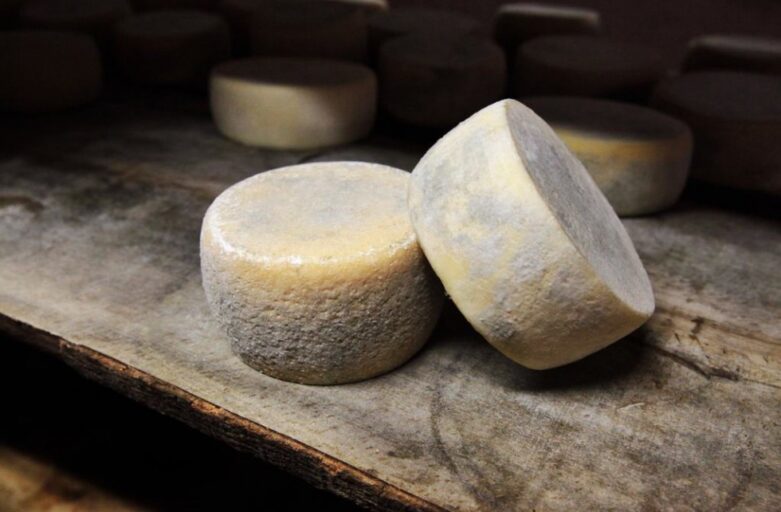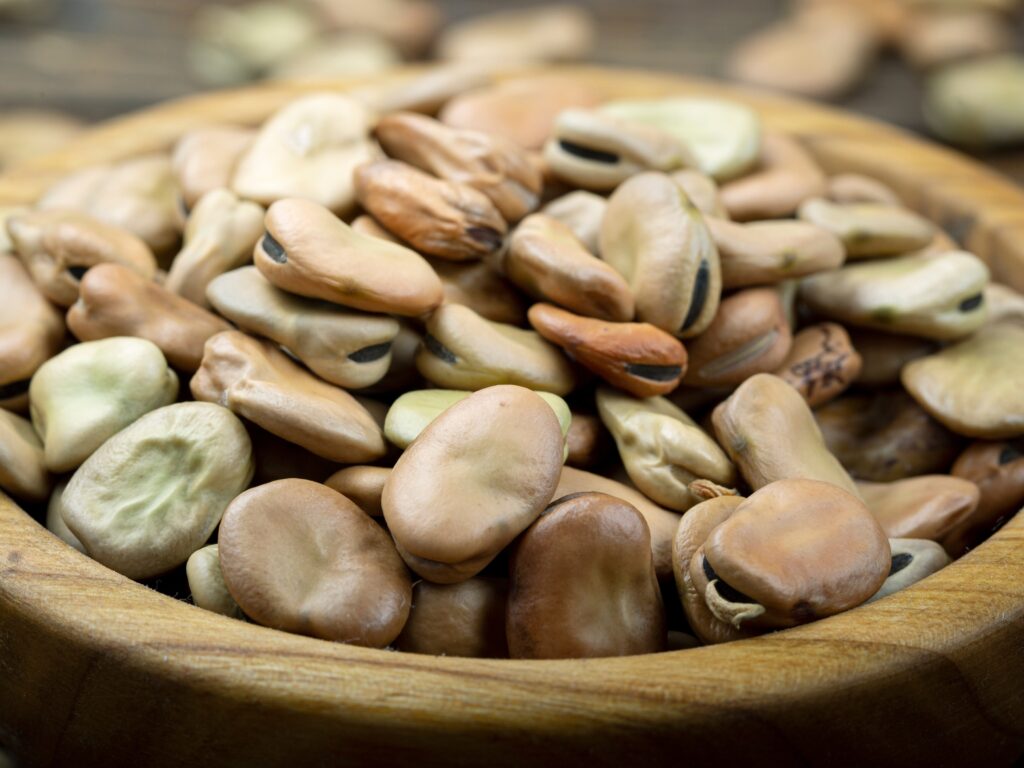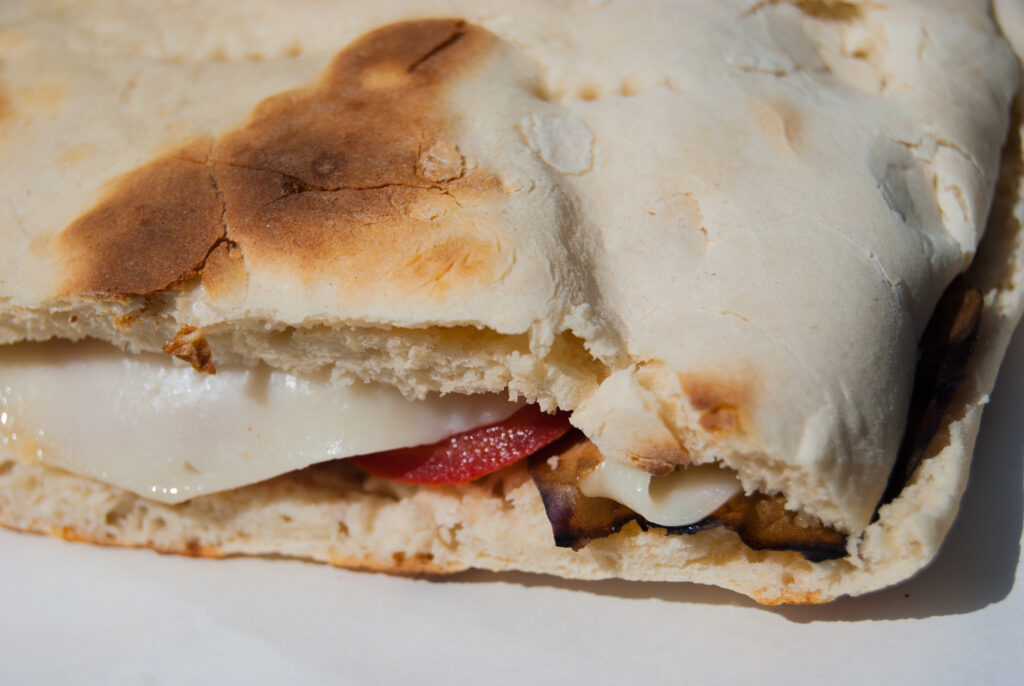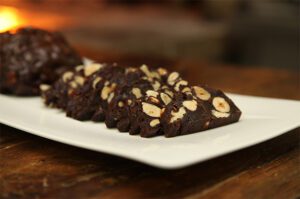The Tuscan pecorino is one of the most renowned Italian cheeses and, since 1996, has been a DOP (PDO - Protected Designation of Origin) product. Despite its name referring to the region Tuscany, it is also part of the list of the Umbrian products since part of the production territory also includes Umbria.
The Roman tradition of “cacio marzolino”
Its particular taste derives from a balance of three main elements: nature, environment, and ancient dairy tradition. The early sheep farms between Tuscany, Umbria and Lazio date back to the Etruscan period. In fact, Etruscans are the first to use vegetable rennet to produce cheese. However, the first production of pecorino was due to the Romans that spread the “cacio marzolino”, a cheese that used to be produced from March for the duration of the spring season.
Between 1800 and 1900, the production of pecorino was affected by the price decrease due to the crisis of sheep farming caused by agricultural policies that considered this activity unable to produce income. Only in 1960 did a reversal of the trend occur; therefore, thanks to the agricultural promotion policies, pecorino is once again a product recognised for its quality and traditional production technique.
According to the production technique mentioned above, the milk used for cheese production can be raw or heat-treated to pasteurization; afterwards, calf or vegetal rennet is added. The mixture is placed then in special moulds for a period of time varying according to the weight: if the product to be obtained is soft, the pecorino remains in salt for about 16 hours; instead, if it is aged, about 24 hours. The cheese must then be treated with anti-mildew products and left ageing in rooms with a temperature between 5 and 15 degrees for at least 20 days, in the case of soft cheese, or not less than 4 months for the semi-hard one.
A cheese with multiple uses
Pecorino generally has a white, slightly straw-coloured with a yellow rind. The flavour is sweet but not salty, while the smell depends on the processing procedures. It is generally used as a table cheese or grated on first courses or soups. Both soft and aged, it pairs well with fresh vegetables, fruit, jam, honey or is accompanied by local cold cuts in a tasty mixed platter.
Vivi l’Umbria insieme ai suoi protagonisti
Percorsi ed esperienze da scoprire per un’immersione nella cultura, nella natura e nei sapori umbri













